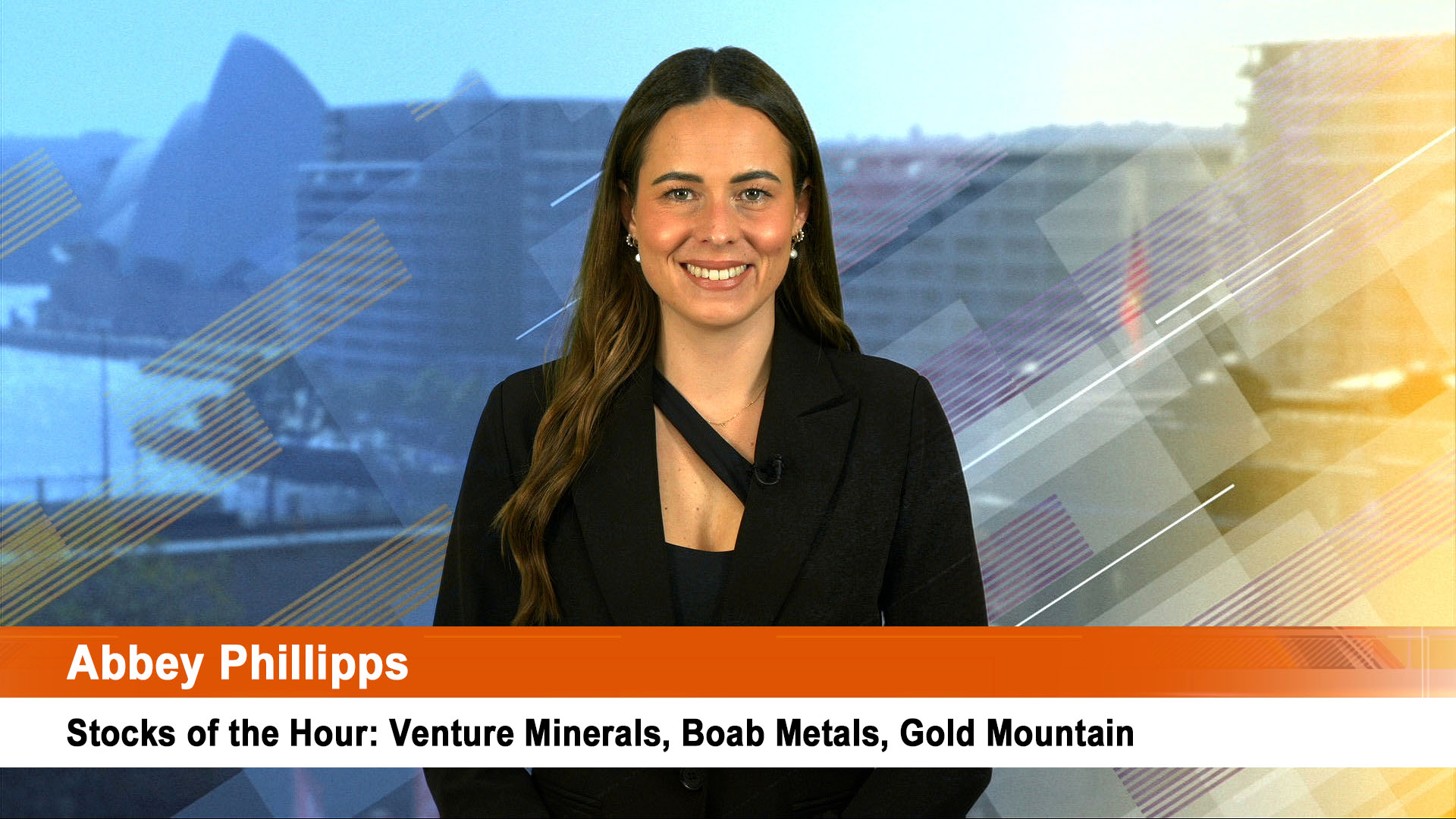Gold futures again lost ground on Friday with nary an issue to provide any spark of interest.
The first estimate of US second quarter GDP was OK – 4.1% annual – not as good as Donald trump has wanted seeing it was under the peak of 4.9% achieved under President Obama – but nevertheless solid, even though 2017 growth was trimmed to 2.2% from 2.3% (first quarter growth was lifted to 2.2% from 20.0% though).
Iran, North Korea and the trade war with China were all cooler on the day with Trump more concerned with bombastic boasts about the GDP figure and how it was going to continue and hit 9%.
Economists say it will slow this quarter and next because a full one percentage point of the 4.1% figure was due to earlier than forecast ships of US soybeans and Corn in May and June to beat the Chinese tariffs.
So Comex gold futures for August delivery drifted $US2.70, or 0.2%, lower to end at $US1,223 an ounce, leaving it near the lowest for a most-active contract since July of 2017.
December gold futures meanwhile, which is about to become the most-active contract, fell $US2.60, or 0.2%, to $US1,232.70 an ounce in New York.
For the week, August gold lost 0.7%, while the December contract dropped 0.6%. Both contracts notched their third straight weekly falls.
Comex September silver futures dipped just under 0.1% to end at $US15.493 an ounce. The commodity, however, has fallen for seven straight weeks, matching a similar weekly slide in November of 2012.
Comex September copper meanwhile, gave up 1.6 cents, or 0.6%, to $US2.802 a pound on Friday, but for the week copper futures rose 1.7%.
In London copper on the LME saw a rise of more than 2% for the week – its first weekly gain in seven weeks after a deal between the European Union and the United States reduced fears that new trade barriers would erode demand for metals.
Copper slumped from $US7,348 a tonne in June – a four and a half year high – to a one-year low of $US5,988 last week on concerns that a trade war would damage economies including that of China, the world’s largest consumer of metals.
Three month copper on the London Metal Exchange closed up 0.1% at $US6,297 a tonne and was 2.4% for the week.
Traders are waiting to see if there will be renewed industrial action at the bHP controlled Escondida copper mine in Chile – the world’s largest. BHP made a final offer to workers with a wage rise that was less than unions demanded.
We could see strike action soon because the workers at the mine have made it plain they will not accept an offer lower than they want – the dispute has now been going on for well over a year.
LME aluminium finished up 0.2% at $US2,071 a tonne and was up 2% over the week, its first weekly gain in eight weeks.
LME lead ended down 0.9% at $US2,145 a tonne, tin rose 0.4% at $US19,925, nickel added 0.6% on Friday to $US13,860 and zinc finished 0.4% lower at $2,596.a tonne.













